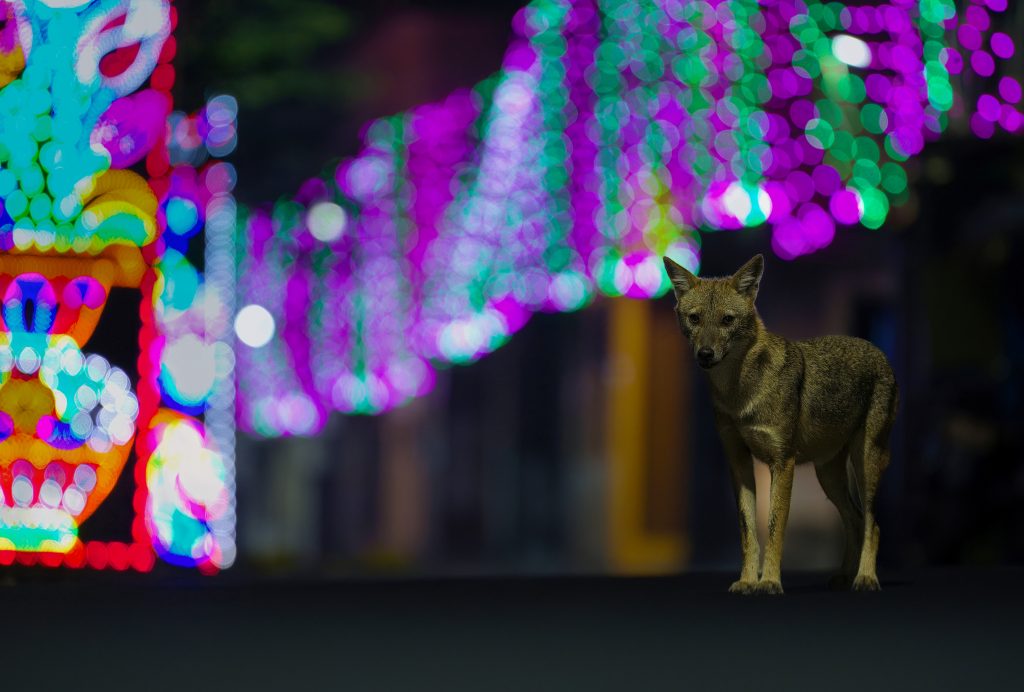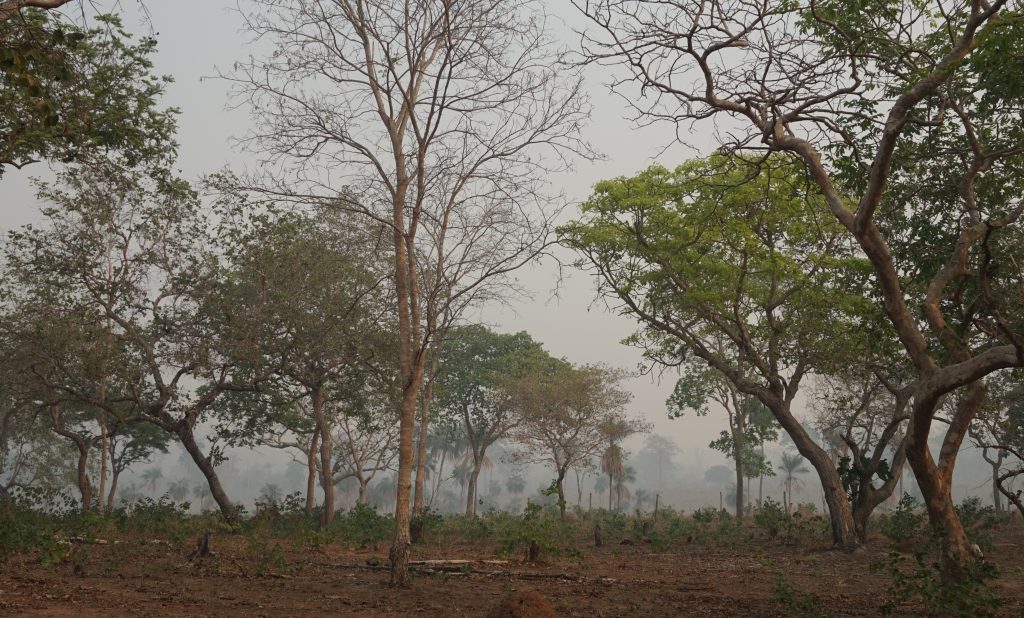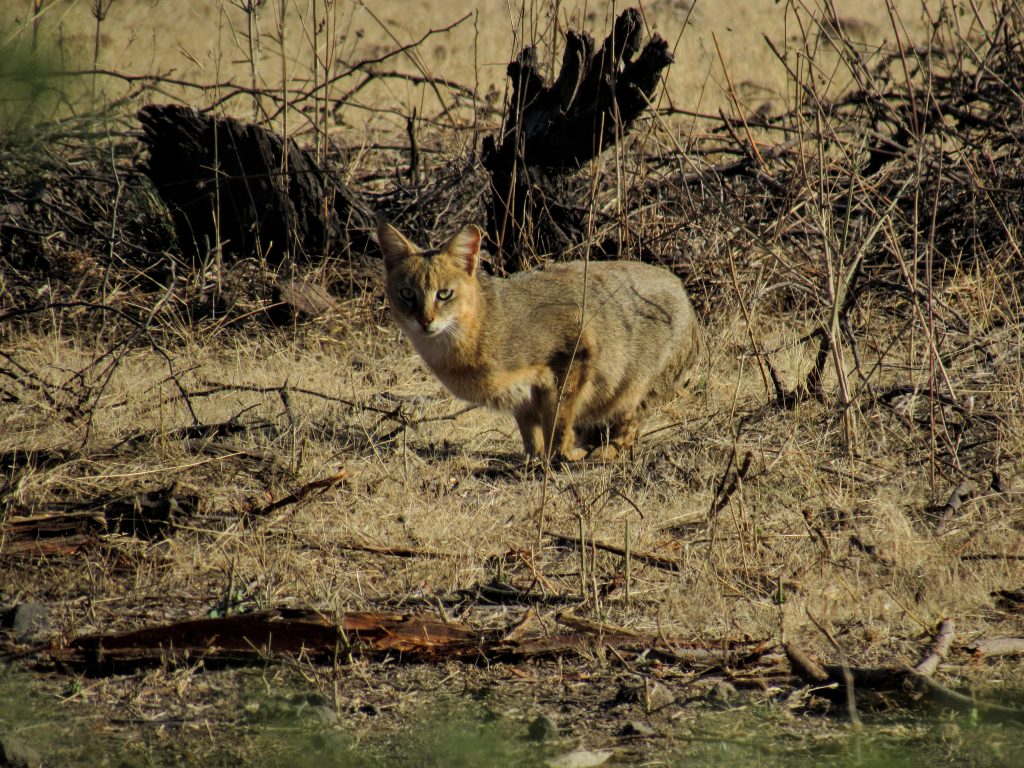Entomophagy, or the practice of eating insects, is not something that has been adopted only in recent times. In India’s Northeastern region, it is part of a culture that has been around for as long as anyone can remember.
Lobeno Mozhui has identified as many as 106 edible insects that are consumed by local communities in Nagaland alone. Among these, the Asian giant hornet (Vespa mandarinia) is one of the most expensive and sought-after, and Naga tribes are the only groups known to rear them for consumption. Adult giant hornets are also consumed but it is the larvae that are considered a delicacy.

In November 2019, I found myself in a village called Maikhel in Manipur, inhabited by the Mao, a major Naga tribe. Dipen and Seela, two other Green Hub Fellows, were with me to film the giant hornet harvest, as part of our internship program with the Bangalore-based Ashoka Trust for Research in Ecology and the Environment (ATREE).

Harvesting takes place around 4–5 months after a giant hornet nest is relocated from the wild to a rearing site. By October–November, there are thousands of workers foraging, feeding the grubs, and guarding the nest. The harvest is usually carried out by the second week of November, before the grubs can metamorphose into adults.
Harvesting takes place at night. Water is sprinkled at the entrance of the nest, driving the sentry hornets inside—a natural response to rain. The entrance is then blocked with burning twigs. Indian wormwood (Artemisia species) leaves are fed into the fire and smoke is driven into the nest with a blower. Wormwood smoke is believed to knock the hornets out quicker. Once the sounds of distressed hornets inside the nest stop, the nest is dug out, and the combs containing the larvae are collected for consumption.

The following day, the night’s harvest is sold to a middleman at a wholesale rate. These are then sold at rates as high as INR 30,000 in the local market. Despite a high demand for giant hornet larvae, the cost is inhibitive, and only the elite and the rearers themselves are able to consume them.
People here believe that giant hornets are a healthy substitute for conventional meat, especially for people with high blood pressure. Insect farming is an efficient and sustainable source of protein, requiring zero to minimal energy and inputs. This makes it an attractive alternative to the large meat farms seen in the West.


With an estimated rise in human population from 6.8 billion to 9.1 billion by 2050, efficient methods of producing protein are critical and edible insects are an effective solution. However, western diets, which have long been alienated from entomophagy, are only just beginning to accept the advantages of insect protein over conventional meat protein. They are now looking to indigenous communities to learn about edible insects, which are aptly called the food of the future.
Photo essay by Photo essay by Thejavikho Chase, Fellow at Green Hub





